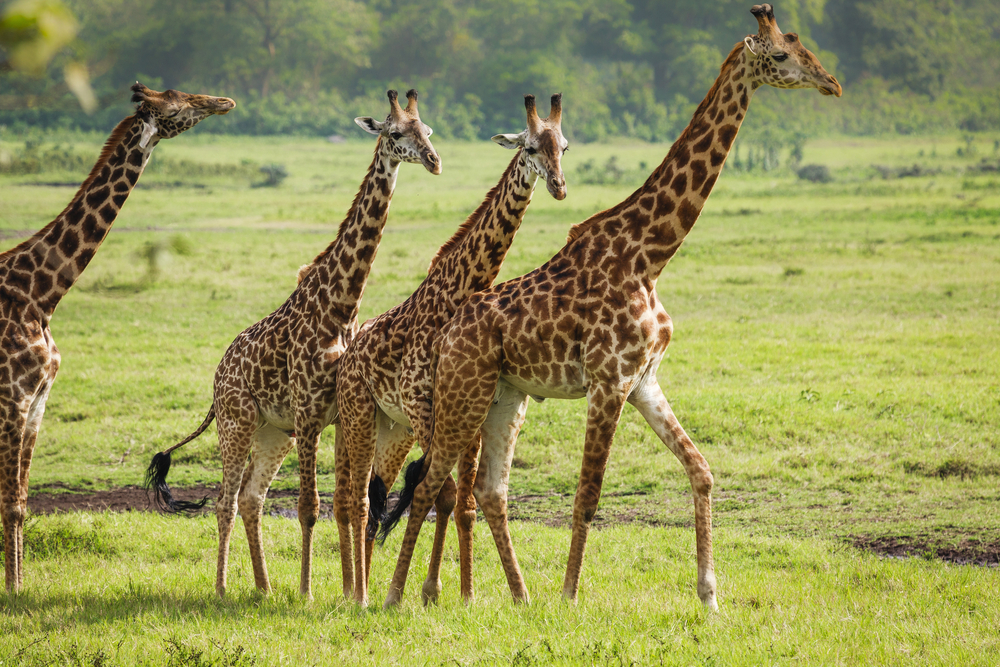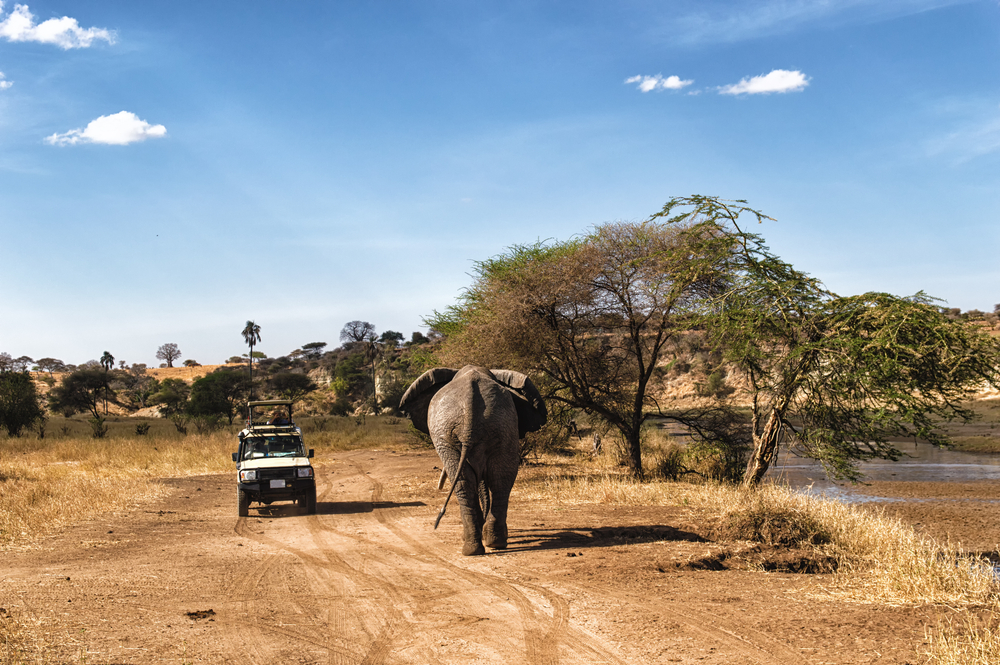Serengeti Overview
Serengeti National Park, a UNESCO World Heritage Site, is one of the most famous wildlife sanctuaries in the world and epitomizes the classic African safari setting. Spanning approximately 14,763 square kilometers (5,700 square miles), it is located in the northern part of Tanzania, stretching to the southwestern borders of Kenya, where it continues as the Maasai Mara National Reserve. The park is part of the larger Serengeti ecosystem, which includes adjacent conservation areas and reserves, covering over 30,000 square kilometers.
The name “Serengeti” derives from the Maasai language, meaning “endless plains,” which accurately describes the park’s vast open grasslands, dotted with acacias and roamed by massive herds of wildlife. This expansive landscape is the backdrop for the Great Migration, an annual event where over a million wildebeest, accompanied by hundreds of thousands of zebras and Thomson’s gazelles, traverse the plains in search of fresh pasture and water in a predictable cycle of life and death. This phenomenon is considered one of the ten natural travel wonders of the world and is a major draw for visitors.
Beyond the Great Migration, the Serengeti is home to an impressive diversity of flora and fauna. It hosts large populations of the “Big Five” (elephant, lion, leopard, buffalo, and rhinoceros), alongside cheetahs, hyenas, giraffes, and a myriad of other species, making it a critical conservation area for African wildlife. The park’s landscapes vary from the iconic savannahs to riverine forests, hills, and rocky outcrops known as kopjes, providing habitats for over 500 bird species.
The Serengeti’s significance goes beyond its ecological value; it offers unparalleled opportunities for research and education on ecosystems, conservation, and the complex interactions between species. For visitors, it promises an unforgettable experience of nature in its most unspoiled form, where the drama of life unfolds on an epic scale.

































































































